DORNOCH, NAIRN & INVERNESS GOLF COURSES
Our selected courses for golfbreaks in Invernesshire.
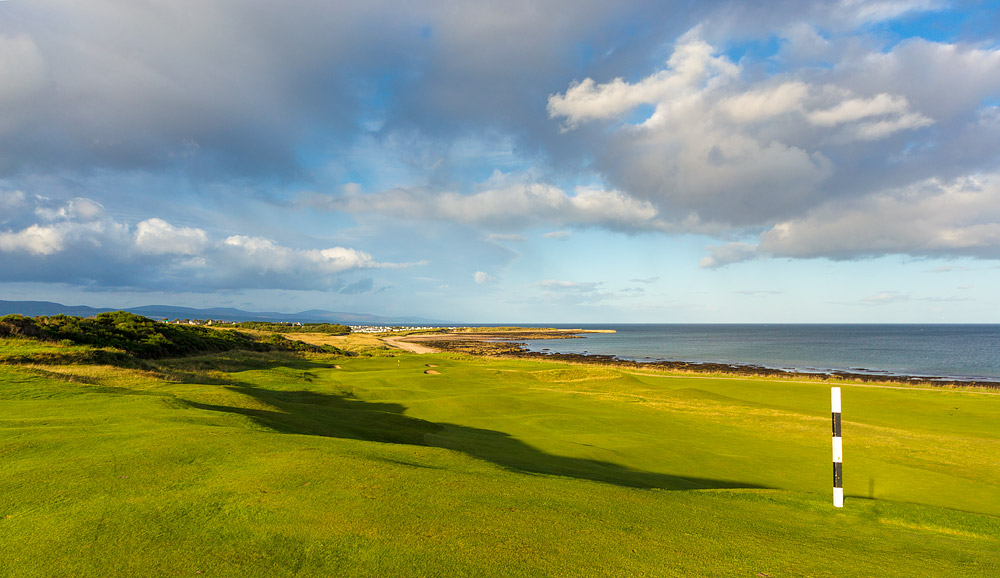 Royal Dornoch - Championship Architect: Old Tom Morris (1877) 18 holes: 6,626yds: par 70.
Royal Dornoch - Championship Architect: Old Tom Morris (1877) 18 holes: 6,626yds: par 70.
Royal Dornoch sits in splendid isolation way up past Inverness and for most golfers this is a pilgrimage links. But be warned, it is an enchanting place and the once-in-a-lifetime trip could turn into an addiction... Royal Dornoch sits alongside the Dornoch firth and the course is a classic out-and-back links that follows the water all the way. At its finest in Spring and Summer when the ubiquitous gorse is in bloom and the rough is set ablaze by the impenetrable coconut-scented yellow flowers. A magnificent golf course, worth every bit of effort to get here.
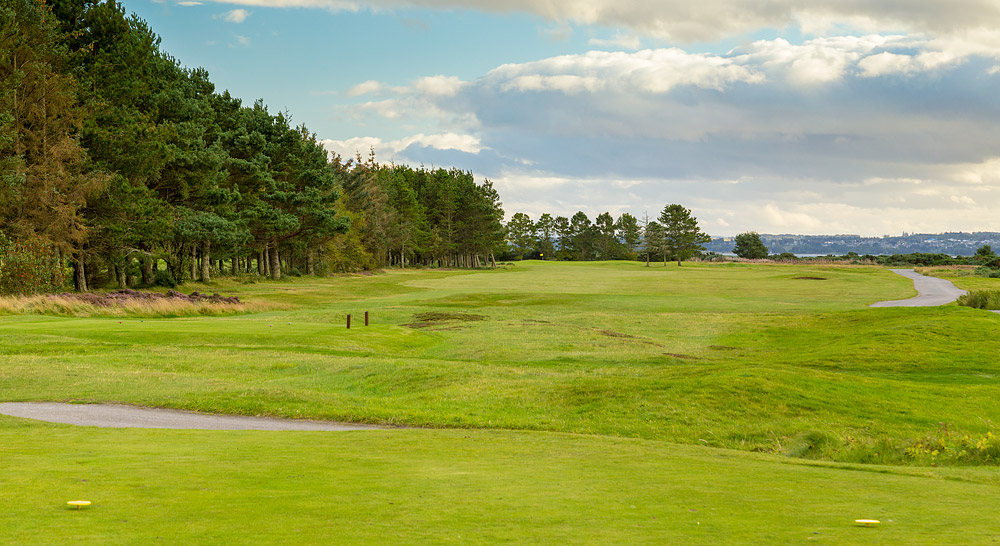 Royal Dornoch - Struie Architect: D. Steel (1999) 18 holes: 6,265yds: par 71.
Royal Dornoch - Struie Architect: D. Steel (1999) 18 holes: 6,265yds: par 71.
The second 18-holes at Royal Dornoch, the Struie, is a recent adaptation and elongation of the 19th Century 12-hole ladies course designed by Old Tom Morris contemporaneously with the Championship 18-holes: so it's got history. In its current guise it makes a very pleasant, easy-going course. It is more approachable than the old course due mainly to wider Fairways and much less gorse around the course, however, it displays all of the other features of a classic windy links running along the Struie riverbanks. Well worth playing if you are staying for a few days in the Dornoch area.

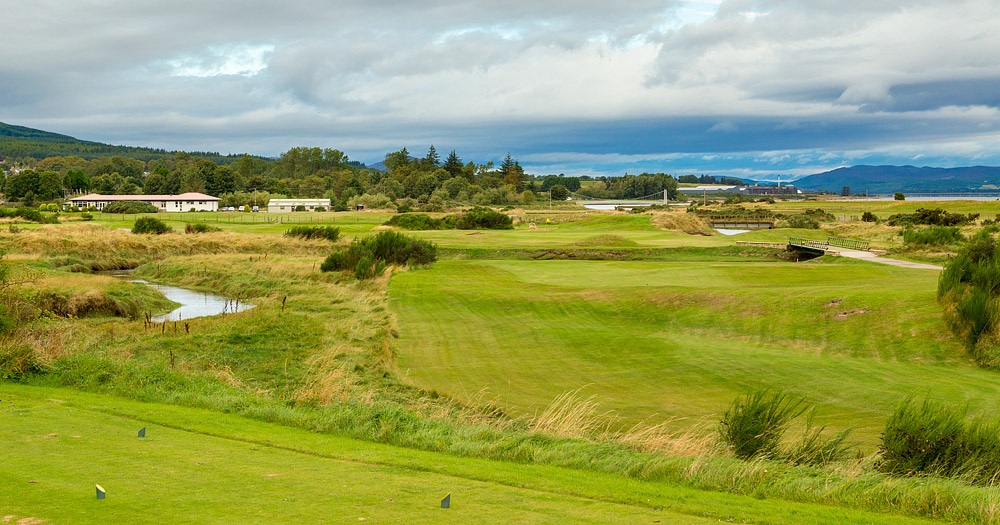 Tain Architect: Old Tom Morris (1890) 18 holes: 6,404yds: par 70.
Tain Architect: Old Tom Morris (1890) 18 holes: 6,404yds: par 70.
A very simple set-up with a small Clubhouse tucked away behind the unassuming village of Tain. The course is predominantly an inland layout (just one hole goes out to the water's edge) with more vegetation and lining the holes (even trees in places!) and overall the course is presented in a very natural fashion. Good use has been made of the burn that runs across the mainly level terrain adding food for thought across several holes.

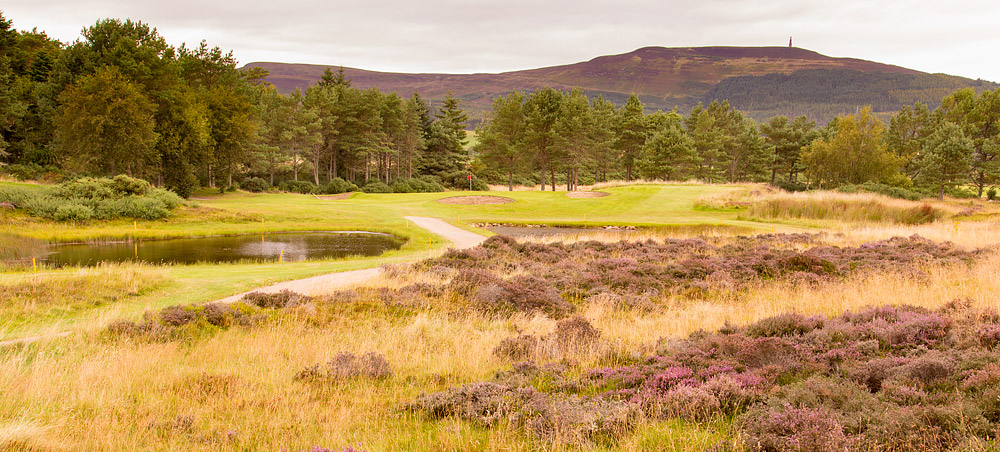 Golspie Architect: J. Braid (1889) 18 holes: 6,021yds: par 70.
Golspie Architect: J. Braid (1889) 18 holes: 6,021yds: par 70.
A little bit of everything is to be found at Golspie: links, heathland and woodland golfing all rolled into one, very varied and highly entertaining golf course. The first and last holes make up the links section, with a few large hillocks adding some fun, next is the heathland section bordered by dense heather and a little water towards the far end where the course runs into pine groves adding another change of obstacle! Small Clubhouse that caters for the basic golfers needs.

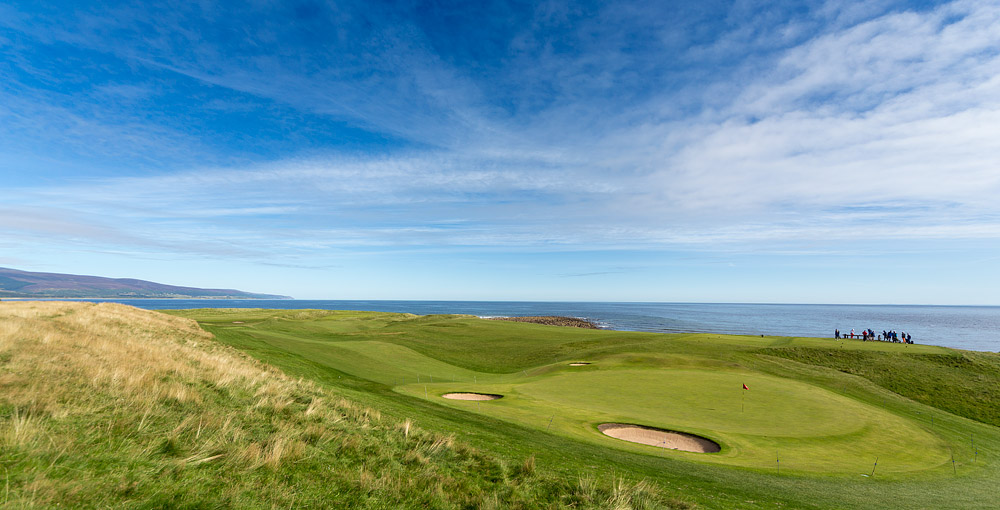 Brora Architect: J. Braid (1891) 18 holes: 6,211yds: par 70.
Brora Architect: J. Braid (1891) 18 holes: 6,211yds: par 70.
Windswept wilderness golf within chipping-distance of John o' Groats! Brora has an exposed, wild feeling with not a tree in sight on Scotland's blustery northeastern coast: you sometimes feel you have arrived at the furthest reach of civilisation. The course itself is unadulterated links: fairly flat, with grass that is tended by nomadic sheep, punctuated by pot bunkers around the hard and fast Greens.
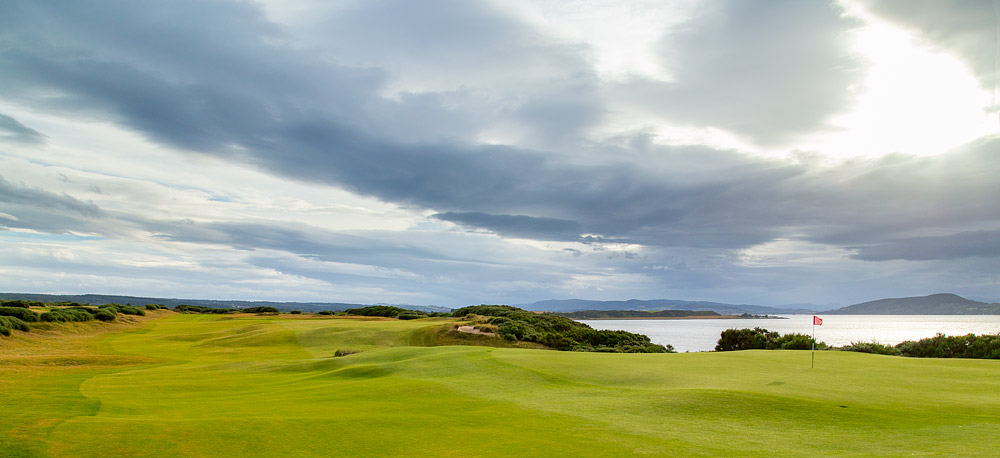 Castle Stuart Architect: M. Parsinen & G. Hanse (2009) 18 holes: 6,553yds: par 72.
Castle Stuart Architect: M. Parsinen & G. Hanse (2009) 18 holes: 6,553yds: par 72.
A modern classic on a magnificent stretch of the Moray Firth (albeit beside Inverness airport) that has been thoughtfully designed to offer golfers all the fun of links golf without endless searching for golfballs in chest-high rough. The width of Fairway at Castle Stuart means that you will usually find your ball: you may not like your next shot but at least you have a next shot! There are some wonderful looking holes and sculpted Greens too, making the most of this stretch of superb Scottish scenery. A compact art-deco Clubhouse completes a very pretty picture. N.B. Closes over the Winter (Nov-Feb).

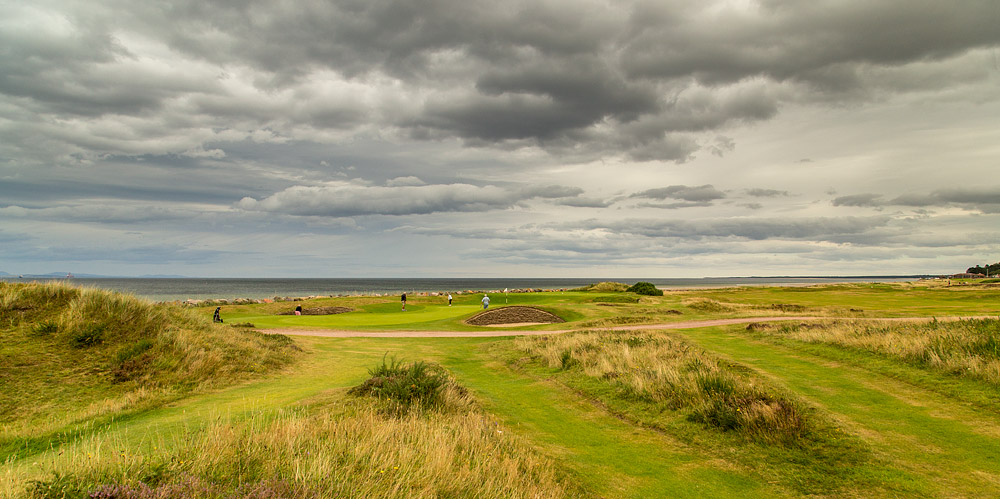 Nairn Architect: Old Tom Morris/J. Braid (1887) 18 holes: 6,441yds: par 71.
Nairn Architect: Old Tom Morris/J. Braid (1887) 18 holes: 6,441yds: par 71.
A timeless classic links designed by the original master and his most famous follower, that stretches out on level terrain alongside the Firth without any big dunes to contend with but plenty of gorse, broom and heather than can get in your way... The design has a very natural, timeless feel to it with no hint of trickery although Braid's bunkering added the need for a little more strategic thinking and cunning to access the slippery Greens. One of the best.

 Nairn Dunbar Architect: Sir A. Dunbar (1899) 18 holes: 6,765yds: par 72.
Nairn Dunbar Architect: Sir A. Dunbar (1899) 18 holes: 6,765yds: par 72.
A Golf Club with a real 'Members' feel to it that sits on the other side of town to its more famous neighbour. The course also has a very different feel to it, heavily wooded with plenty of gorse too sprouting over its sandy subsoil, Nairn Dunbar is much more of an inland course - despite its setting in the seaside town of Nairn! The course itself evolved over a long period of time, starting as 9-holes, then developing nicely until the war got in the way; it assumed its current form in the late 1940s. A thoroughly enjoyable course and very welcoming Clubhouse.

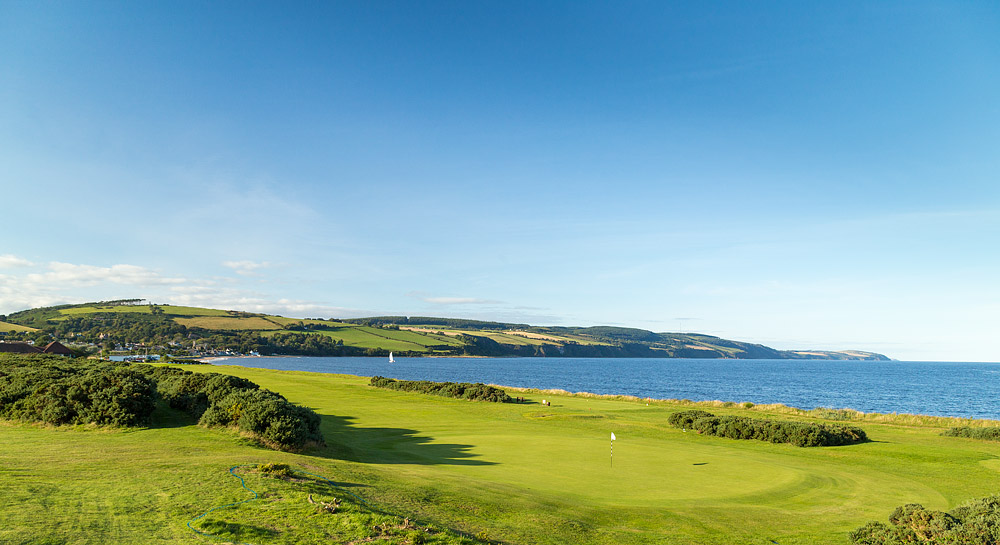 Fortrose & Rosemarkie Architect: J. Braid (1932) 18 holes: 5,893yds: par 71.
Fortrose & Rosemarkie Architect: J. Braid (1932) 18 holes: 5,893yds: par 71.
One of Scotland's sweetest (and oldest) coastal courses that many golfers rather rashly dash past on their way from Inverness to Dornoch. Fortrose & Rosemarkie inhabits a unique spit of land that runs out from the Clubhouse to the Rosemarkie lighthouse (a popular spot for dolphin watchers). The scenery is magnificent with water and hills on one side and just water on the other! Very much a links course in character, you play beside the sea and through the gorse all the way around. Holes run closely together in places due to the constraints of the terrain but don't let that put you off a round at this delightful, ancient place.

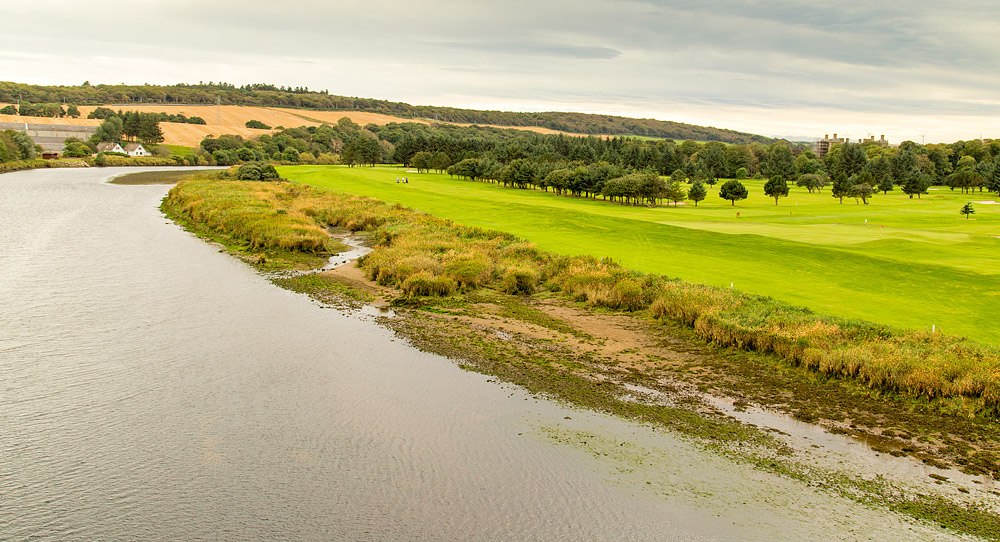 Duff House Royal Architect: Dr. A. MacKenzie (1899) 18 holes: 6,043yds: par 68.
Duff House Royal Architect: Dr. A. MacKenzie (1899) 18 holes: 6,043yds: par 68.
The main draw to Banff is Duff House, an impressive stately home and gardens where the river Deveron flows out into the Moray Firth. Around the house Dr. Alister MacKenzie (who went on to dream-up Augusta) drafted an entertaining course of moderate length and devilish Greens - possibly his trademark! The golf course is very much parkland in style with hardly a slope and narrow avenues of trees separating the Fairways. An enjoyable day out when combined with a visit to the House.


